
In this article, Grégoire Perra explores the concept of "ethical individualism", how Rudolf Steiner came up with such a notion, and what it actually means, by delving into the founder of Anthroposophy’s inner conflicts.
(Grégoire is known to edit his articles post publication; this translation is accurate as of the 25th of January 2015)
-----===oOo===-----
"Ethical Individualism" - the Anthroposophists' Alibi
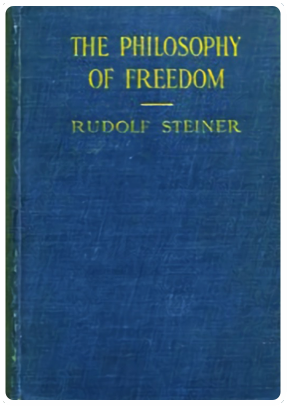
"Ethical individualism"! These words are often brandished by Anthroposophists or Steiner-Waldorf teachers the moment they need to assert that their movement isn't sectarian, but instead places the highest value on individual freedoms, especially those of children. "Steiner developed the concept of ethical individualism, which goes to show to what extent Anthroposophy is respectful of the liberties of each and everyone!" They assert loudly, repeating these magic words as often as they can. The website of the Société Anthroposophique for instance, says as little as possible about Steiner's esoteric doctrines, yet mentions "ethical individualism", as if its priority was to give this institution a respectable philosophical outlook. But what lies behind these words? What actual philosophical notion hides behind this slogan?
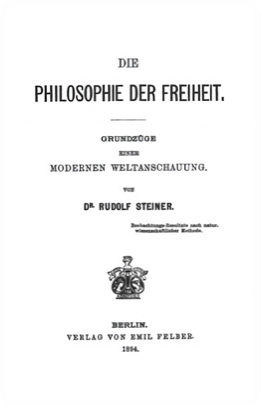
Most of the time, an anthroposophist will be incapable of explaining this! At most they'll be able to state, having exhausted themselves by repeating these two words, that this idea was developed in a major work of Rudolf Steiner called "Die Philosophie Der Freiheit" ["The Philosophy of Freedom", but also referred to as "The Philosophy of Spiritual Activity"]. But if you then ask them to explain that idea, they'll mostly be unable to do so. This isn't to say that they haven't read this Philosophy of Freedom many times! But they would've done so each time without understanding it, in a state of reverence which would have made them incapable of grasping anything from it beyond the words on the page in front of them, or from what would have been tackled in a Société Anthroposophique study group. This isn't solely due to Steiner's confused and dogmatic writing, but also because of the way Anthroposophists read. Indeed, in order to understand a particular piece of work, you need to be able to take some distance from it, to stand back and look at it critically, to place the work in context by putting it next to other works it drew its inspiration from, etc. However, since Anthroposophists very rarely possess intellectual references other than the works of Steiner himself - or they subject all that they know to his body of work - any critical viewpoint, and therefore any true understanding, cannot be achieved by them.
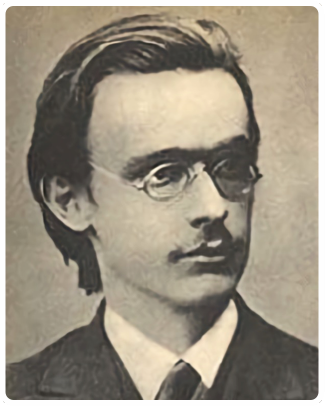
Therefore, let's see if we can uncover on our own what lies behind this "ethical individualism" which Anthroposophists use to confirm that their movement is in no way sectarian. Let's explore first the rhetorical process that this concept draws from. These words are indeed designed to affect weak minds due to the fact at they're "oxymorons", i.e., the joining of two contradictory notions: "individualism" and "ethical". Indeed, "individualism" puts the individual at the centre of all things, often in a egotistical fashion, whereas "ethical" implies an outlook toward others. This method is similar to the joining of "national" and "socialism" used by the Nazis, mixing the notion of falling back onto your country with an international openness, since socialism is by its nature internationalist. Ethical individualism is a similar contradiction, an insoluble paradox, designed to seduce, shock and persuade. It's a kind of merging of "anarchism" (the individual is at the centre) and "moralism" (advocating the submission of the individual to some higher standard).
The Nazi flag merged White (colour of the Nation), with Red (colour of Socialism). If one day an anthroposophical flag were to exist, it would probably be a mixture of Black (colour of Anarchy) and Purple (colour of Religion and Mysticism).

Indeed, Rudolf Steiner was torn between these two diametrically opposite doctrines, mainly fascinated by Max Stirner, while also apparently and simultaneously with the Theosophical Society, where he revered H.P.Blavatsky and the Invisible Masters who were supposed to have inspired him. When thinking of Steiner, we could visualise some sort of "anarcho-religionism"! His Philosophy of Freedom is nothing more than an attempt to mix these two contradictory principles, namely anarchism, by its very essence atheistic and opposed to any kind of submission ("no gods, no masters"), and religion, which reveres higher powers, experienced at the heart of a community.
Thinking about this, we can see that this steinerist merger could only lead to a sectarian outcome. Indeed, his link to anarchism positioned him against society. This is why we find, throughout his life and in all his works, this spirit of defiance towards institutions. However, at the same time, his adherence to religious phenomenon made him want to create a religious community, the one of the Anthroposophists. Merging this defiance towards institutions and this desire to create a community could only engender a "defiant community", i.e., a sectarian outcome. The seed of this cult was there from the start of Rudolf Steiner's intellectual odyssey, due to his desire to reconcile the irreconcilable, to stick together, at whatever the cost, two diametrically opposed sides of his own being.
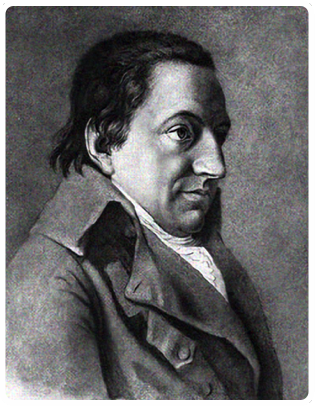
We can see how his Philosophy of Freedom tries to justify such an impossible combination. This early work stems from the major concept of Fichte's Enlightenment, i.e., self-awareness, which enables the definition of an individual as "subject", in other words, as a free and autonomous thinker. But then, Steiner strives to show that when an individual thinks, they open, through their thought, the moral and spiritual dimension of the universe. According to Steiner, thinking isn't a personal reflective activity, but an act where Man receives inspiration and intuition directly from the universal spirit. When I was being taught at the Institut Rudolf Steiner, I remember our teachers often insisting that we consider the act of thinking as some kind of receptivity, as if our minds became antennas capable of receiving ideas from the other world. "When you think, you open your brain to a drop from the Ocean of Thought" we were told. This is what ethical individualism is! A way to transform thought, which is usually active, voluntary, dynamic, and autonomous, into something more passive, impersonal, and submissive. This way, Man is centred on himself, as an individual, while at the same time open to a superior, cosmic, spiritual, divine dimension. Ethical individualism is therefore conceived as a doctrine whereby a thinking individual willingly subjugates themselves to a superior and divine dimension. In reality, it's mostly a way to totally squash the thoughts of individuals!
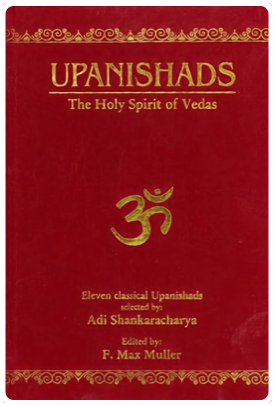
The connection whereby Steiner links the human person and the divine is through the "I". For him, the "I" is some kind of interface, a point of contact enabling two contradictory dimensions of existence to meet. But this is exactly where Rudolf Steiner's philosophy falls into complete confusion and borders on delirium. His concept of the "I" attempts to merge this "self-awareness" defined by Fichte's Enlightenment, with the "Self" of Hinduism, which is absolute divinity. It's through a complete travesty of the motion of the "Subject" that Steiner manages to create his "ethical individualism", mixing in a confusing and intellectually dishonest way the Upanishads' "Self" (from the Hinduism's sacred religious texts) and Kant's or Fichte's "I". Steiner has therefore unduly associated the concept of the "I", inherited from the Philosophy of Enlightenment, which illustrates self-awareness, and the mystical concept of "Self", inherited from Hinduism, which he got through Blavatsky's writings. However these two concepts have nothing in common! Or, if there is indeed a link between them, Steiner is far from being able to present it clearly, quite the contrary.
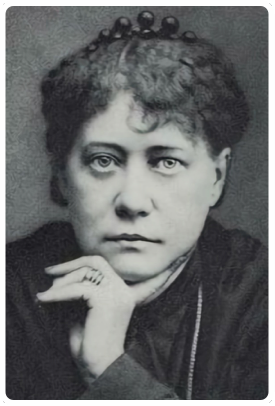
Therefore, ethical individualism, which anthroposophists and Steiner-Waldorf teachers alike proudly brandish to proclaim loudly that their doctrine respects human freedoms, is really a confusing attempt to merge Religion and Philosophy, Kant and Hinduism, Anarchy and Mysticism. This odd joining of "freedom of thought" to "religious mysticism" was only possible because Steiner was, from an early age, a deeply confused, contradictory, divided individual, leading a kind of double life. In one of them, he communicated with Marxist revolutionaries like Karl Liebknecht or Rosa Luxembourg, read with passion the writings of Max Stirner, taught at the Berliner Volkshochschulen, etc. In the other, he secretly attended meetings of the Theosophical Society (as early as 1885!), recited mantric prayers and uttered collective "Oms", revered H.P. Blavtasky, etc. It's hardly any wonder therefore that such a personality would've ended up creating a sectarian movement!
-----===oOo===-----
Translated by Steve Paris and Angel Garden.
You are free to link to this page but please credit us and link to this site when publishing extracts elsewhere.

Related Articles
The photo of Rudolf Steiner from 1889 was taken from The Philosophy of Freedom’s website;
The photo of Max Stirner was taken from Pau de Damasc’s website;
The portrait of Fitche was taken from Frostburg State University’s website;
The cover of the Upanishads was taken from Bhaktivedanta College’s website.
The photo of Helena Blavatsky was taken from Wikipedia.
